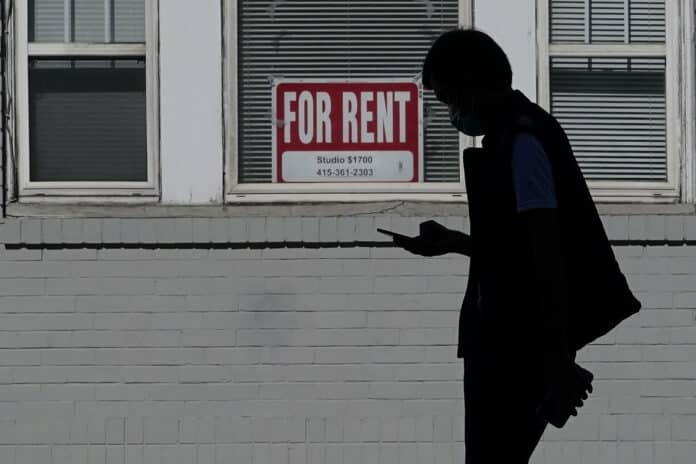
A lot of money is going to get left on the table in the form of federal emergency rental assistance if those running the program in Cameron County aren’t able to get more landlords to sign up.
Speaking during a May 25 commissioners court meeting, Come Dream Come Build (formerly Community Development Corporation of Brownsville) Executive Director Nick Mitchell-Bennett said CDCB so far had spent about $600,000 of $12.7 million in rental assistance made available in January to the county through the Treasury Department’s Emergency Rental Assistance Program.

CDCB and the county are administering the program, aimed at helping renters facing economic difficulties due to the pandemic avoid eviction and landlords avoid losing paying tenants.
“We had a big rush in the beginning,” Mitchell-Bennett said. “Last month we did about 160 families under that program. … I’m signing checks every day. Some days it’s two, sometimes it’s 30.”
County commissioners on May 25 approved a media buy to spread the word, while a team of CDCB volunteers is going door to door to rental units in rural areas of the county to let renters know about the program, he said.
Mark Yates, the county’s director of economic development and community affairs, who represents the commissioners court and county judge in day-to-day management of the program funds, told commissioners the county’s justices of the peace have agreed to give renters who are behind on payments a chance to seek rental assistance through the program before proceeding with evictions for nonpayment.
Yates said demand was greatest when the program was first implemented, with about $57,000 in assistance checks being written per week in the county, though even at that rate no more than $6 million of the $12.7 million will have been spent in the year remaining to expend the funds. In addition, the federal government is making even more rental assistance funding available to the county, he said.
“With more money coming down we need to ramp up the notification and spend money to get the word out,” Yates said.
The county has also contacted developers with apartment complexes to let them know about the program, he said.
“We’re doing everything we can to get the news out, to get the information out,” Mitchell-Bennett said. “We’ve got people driving around picking up applications daily.”
He asked commissioners for help getting the word out about the program, which spends about $2,500 per renter over three months on average, he said. Landlords make up about two-thirds of those receiving assistance payments in the county, and tenants the rest, Mitchell-Bennett said.
While the more than $600,000 spent so far is “not small change,” the process is impeded by federal rules requiring that a landlord be asked three times in writing to participate in the program, within a 10-day waiting period from the date of a tenant’s application, before the tenant is allowed to receive the assistance, he said.
“If somebody applied today, if their landlord has not signed up for this program, we cannot issue a check to them for 10 more days because their landlord won’t sign up,” Mitchell-Bennett said. “If their landlord signs up and they apply today, we can have a check issued tomorrow.”
He said he’s heard from some landlords that other landlords refuse to participate because they haven’t reported cash rental income to the IRS for years and don’t want to start now. Mitchell-Bennett told commissioners that he thinks expending 50 percent of the $12.7 million is possible, though he’d like exceed that.
“My goal is to hit 60 percent,” he said. “We’re going to just keeping pushing and keep pushing. … We do need to spend more money on marketing. There are good reasons why big companies spend 50 percent of their budget on marketing, and that’s to get the word out.”
As of March 21, 248 county households had received assistance through the program, which also offers help with utility payments. So far $667,817 has been spent, the lion’s share for rent payments, according to CDCB. From March 27, 2020, to March 31, 2021, 725 evictions were filed in the county, according to CDCB, which said that on average two evictions were filed per day over the last two years in the county.



